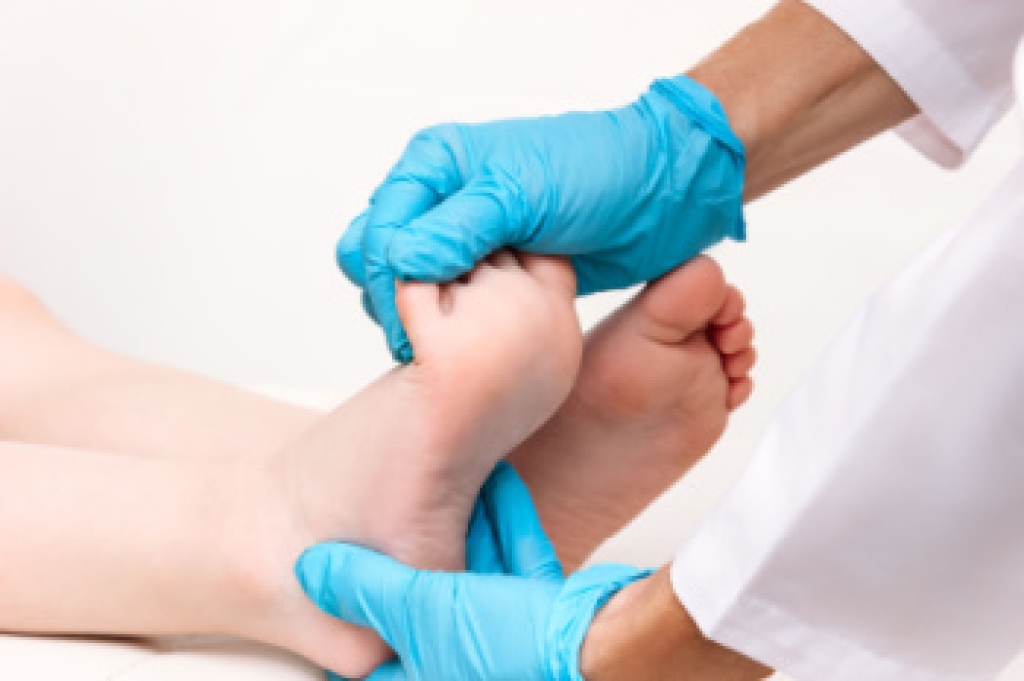
Children can develop various foot conditions like adults, including plantar warts, flat feet, heel pain, and ingrown toenails. However, these issues can have unique characteristics in children due to their growing bodies and active lifestyles. Normal bone and muscle growth changes in the legs during childhood can contribute to heel pain and flat feet. Additionally, children's active nature can lead to common problems like ingrown toenails and warts, often worsened by wearing tight-fitting shoes during growth spurts. Ingrown toenails can affect people of all ages but are prevalent among teenagers, possibly due to ill-fitting footwear, and resulting in infected ingrown toenails causing the skin to become red, swollen, and warm. Plantar warts, caused by a virus, often appear in children and young adults, resembling circular, thickened skin with tiny black dots. Flat feet, or pes planus, are common among children, generally resolving naturally but manageable with orthotics or arch supports to control pronation. Heel pain in children often relates to plantar fasciitis or Sever's disease, triggered by tight calf muscles and Achilles tendons during growth spurts. If your child has foot problems, it is suggested that you schedule an appointment with a podiatrist for a proper diagnosis and appropriate treatment for their situation. Early identification is important in ensuring children have healthy and pain-free feet as they grow and develop.
The health of a child’s feet is vital to their overall well-being. If you have any questions regarding foot health, contact Pedram Aslmand, DPM of Advanced Foot and Ankle Center. Our podiatrist can provide the care you need to keep you pain-free and on your feet.
Tips for Keeping Children's Feet Healthy
- Make sure their shoes fit properly
- Look for any signs of in-toeing or out-toeing
- Check to see if they have Clubfoot (condition that affects your child’s foot and ankle, twisting the heel and toes inward) which is one of the most common nonmajor birth defects.
- Lightly cover your baby’s feet (Tight covers may keep your baby from moving their feet freely, and could prevent normal development)
- Allow your toddler to go shoeless (Shoes can be restricting for a young child’s foot)
- Cut toenails straight across to avoid ingrown toenails
- Keep your child’s foot clean and dry
- Cover cuts and scrapes. Wash any scratches with soap and water and cover them with a bandage until they’ve healed.
If you have any questions, please feel free to contact our offices located in Long Beach, CA . We offer the newest diagnostic and treatment technologies for all your foot care needs.

